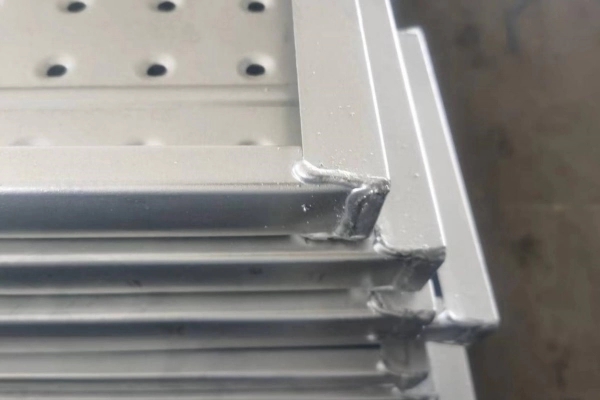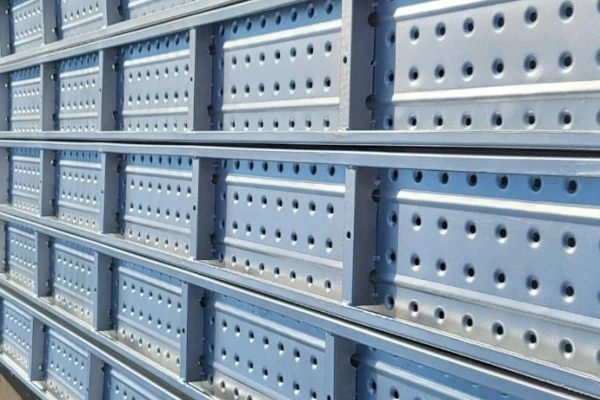
1, hot dip galvanized pipe is to make the molten metal and iron substrate reaction and produce an alloy layer, so as to make the substrate and the plating of both. hot dip galvanizing is the first steel pipe is pickled, in order to remove iron oxide on the surface of the steel pipe, after pickling, through ammonium chloride or zinc chloride aqueous solution or ammonium chloride and zinc chloride mixed aqueous solution tanks for cleaning, and then sent to hot dip galvanizing tank.
2, hot dip galvanizing is chemical treatment, belongs to the electrochemical reaction. cold galvanizing is physical treatment, just brush a layer of zinc on the surface, there is no zinc inside at all, so the zinc layer is easy to fall off. hot-dip galvanizing is mostly used in building construction.

3. hot-dip galvanizing has the advantages of uniform coating, hot-dip galvanized steel springboard strong adhesion, long service life. for cold galvanizing, also known as electroplating, there are a variety of processes. in a nutshell, that is, cleaning, plating, passivation process. one of the color passivation, that is, we see the color of the cold plated tube, steel diving board belongs to the zincate galvanized, passivated parts surface for red, green, slightly yellow (cr +6 red, cr +3 green), can not appear purple (after the appearance of the passivation film layer loose), ultra-simple method is to use a finger on the surface of the parts back and forth several times, can not be changed (off) color phenomenon. scaffolding plate which, super fundamental difference is the thickness of the coating varies greatly, the thickness of the electro-galvanized layer is generally only 20 ~ 30μm, the thickness of the spray galvanized layer is generally only 100μm or so, the specifications of the steel diving board dipped galvanized layer thickness is generally 200μm or so. but in any process, the thickness of the coating is not the same.
